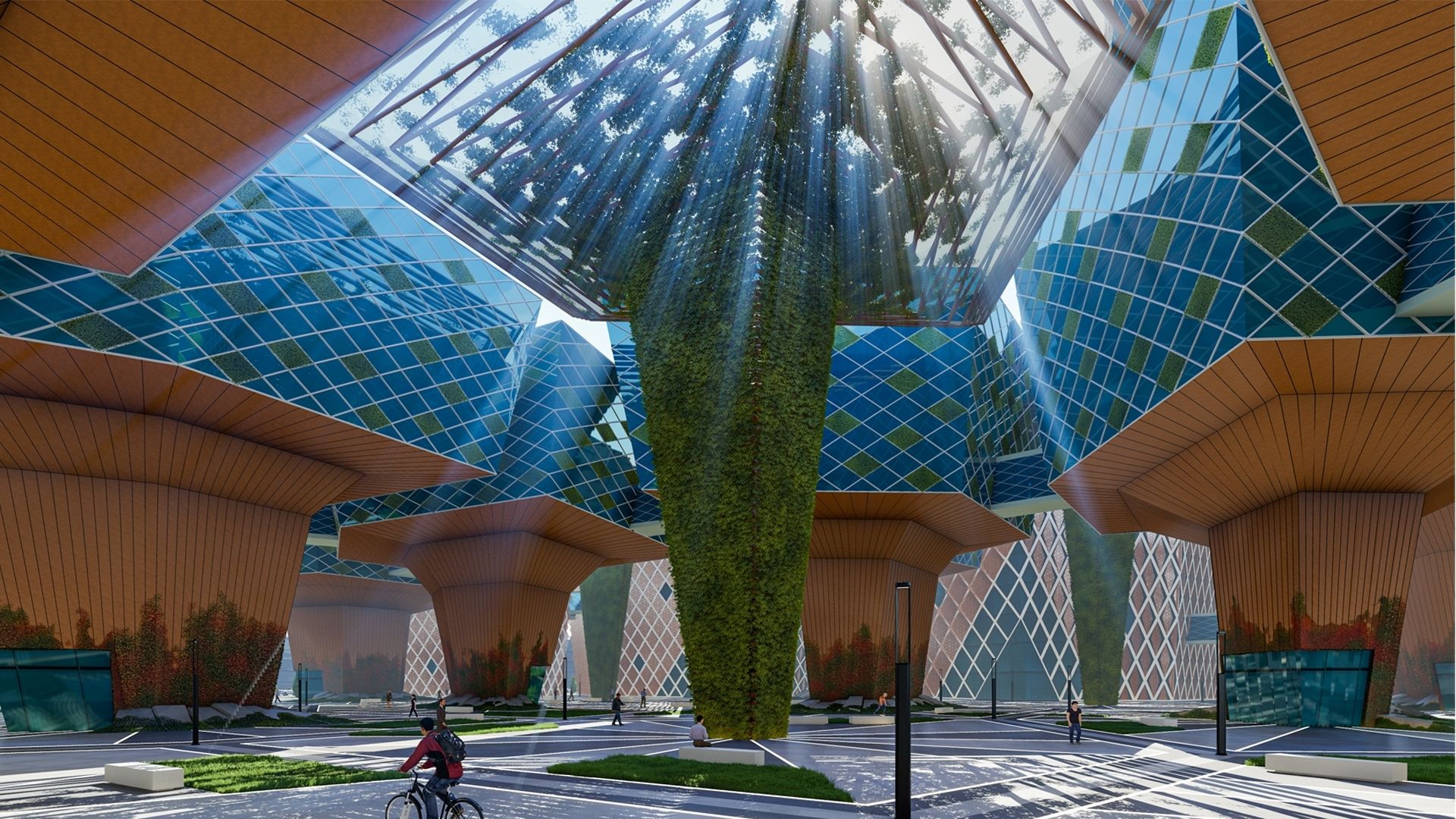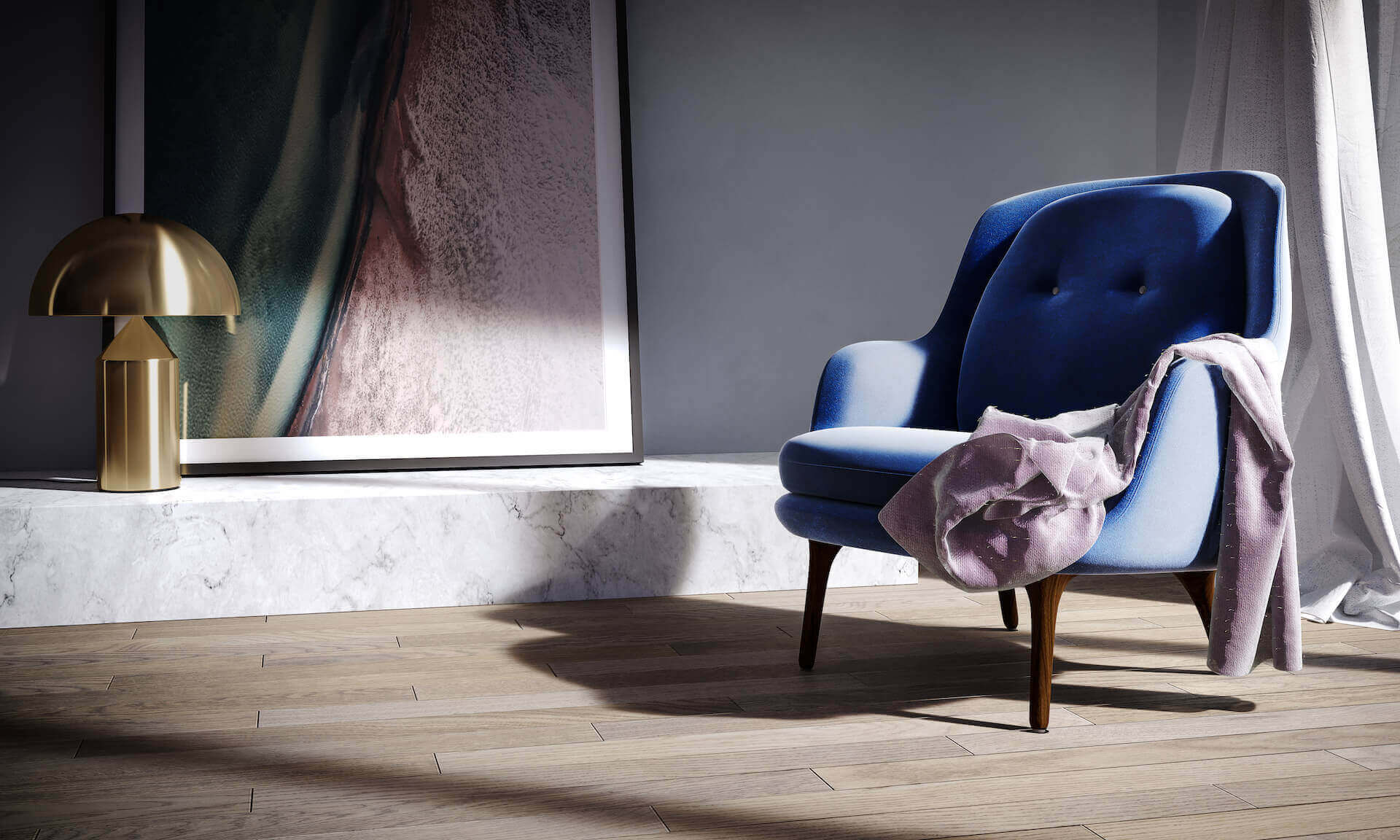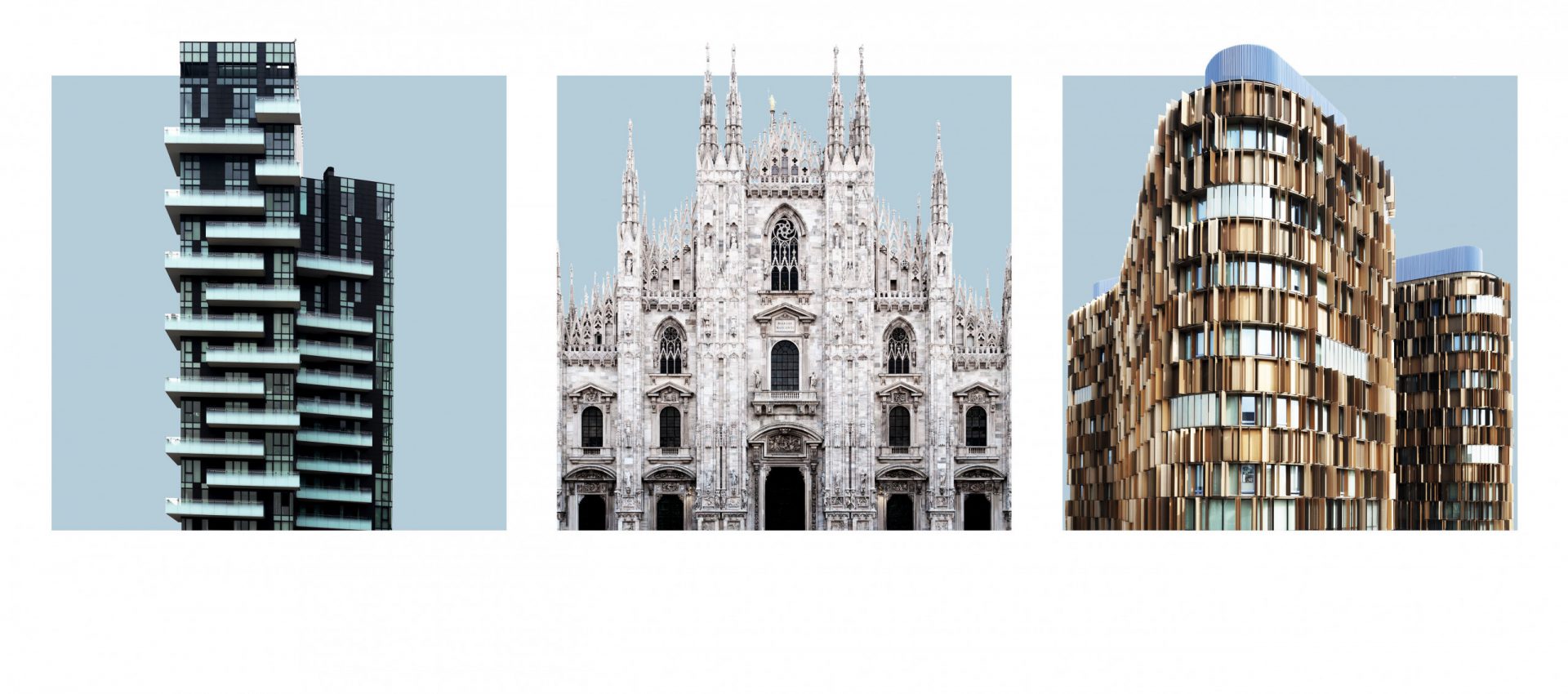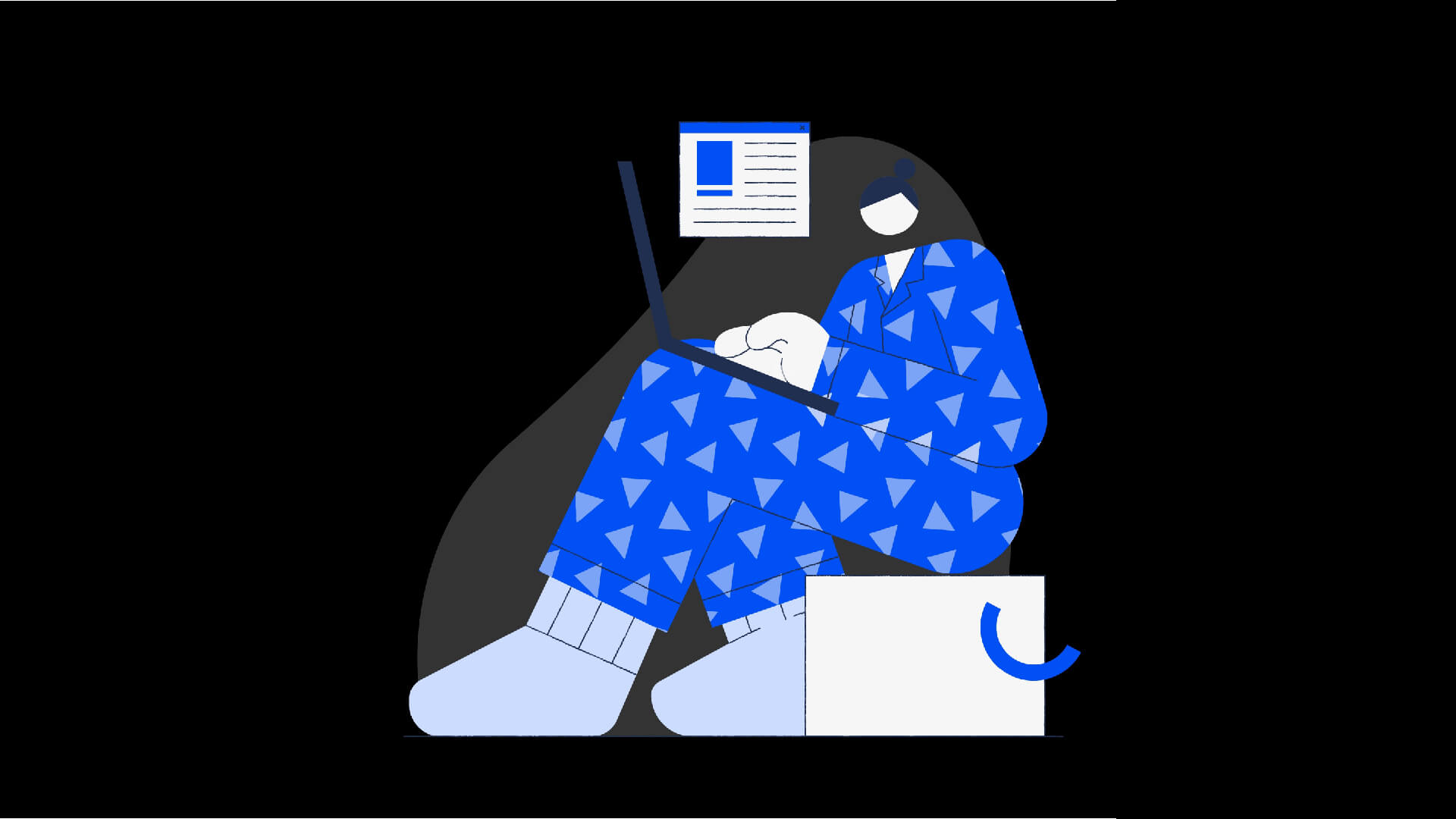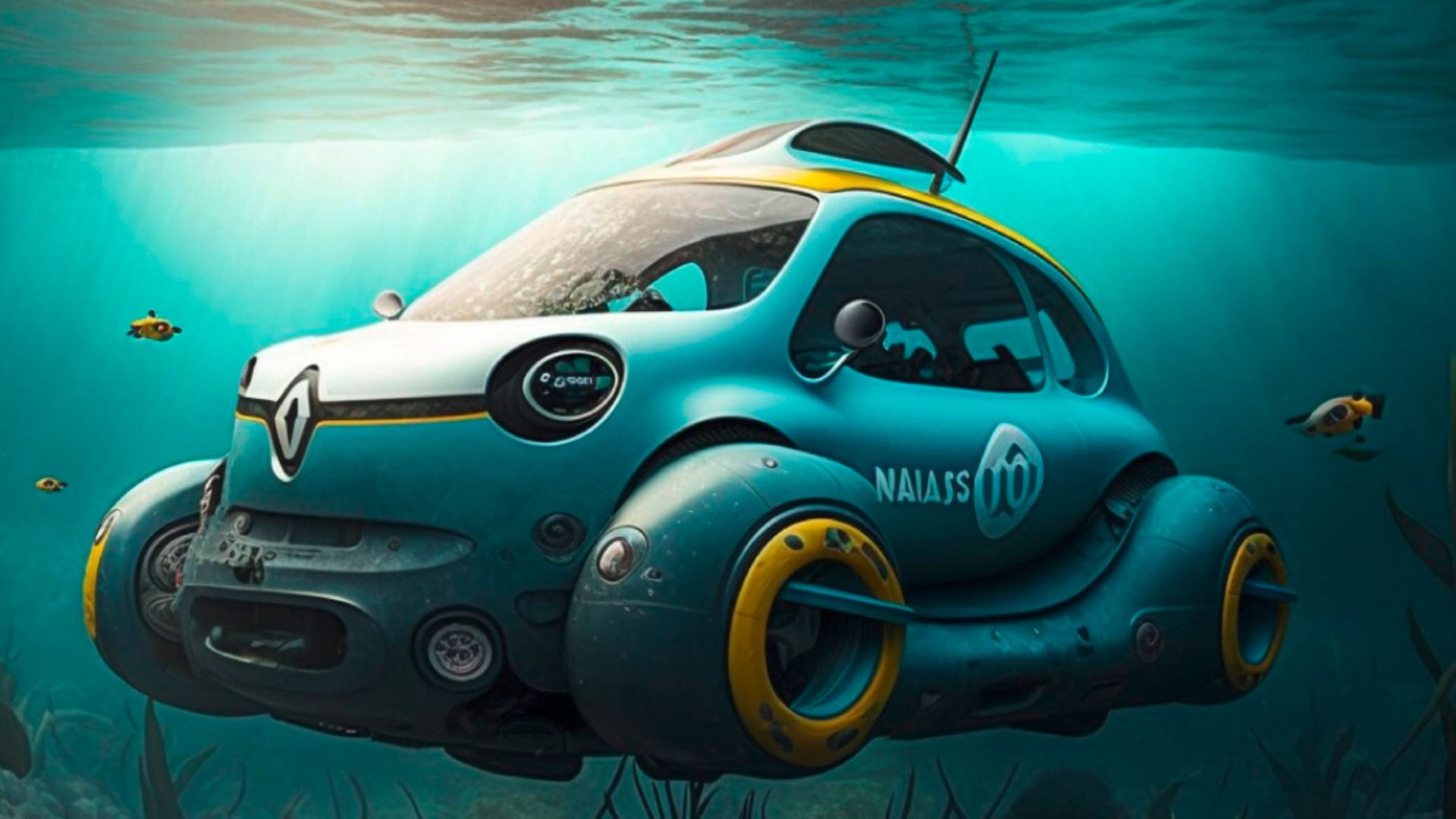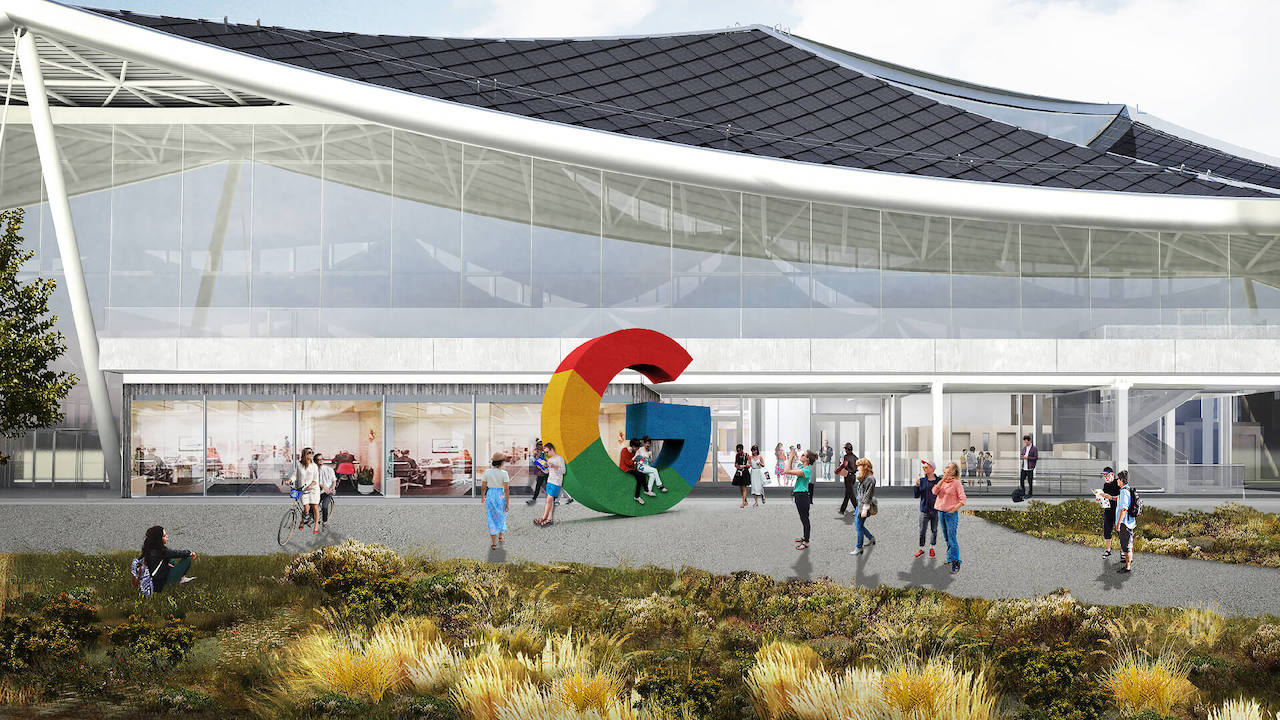Digital design is about rethinking how design interacts with people’s lives
The rise of artificial intelligence is making a major impact in this area. Filippo Spiezia, Founder and CEO of Digital Design Days, shared his perspective with DesignWanted, offering a glimpse of what we can expect to see and, more importantly, hear at his event (Milan, Oct 6th to 8th, 2024) through the insights of world-renowned experts.

Filippo Spiezia, founder and CEO of Digital Design Days, leads one of the most influential events in the digital design industry on a global scale. In this interview, he explores the evolving role of digital design, emphasizing the importance of challenging conventions and embracing innovation through emerging technologies like AI, AR, and sustainable design.
Spiezia shares his insights on the growing impact of artificial intelligence, the blending of physical and digital experiences, and how his event fosters both creativity and business growth. As the digital landscape continues to shift, Spiezia’s vision remains centered on how design can solve real-world challenges and create meaningful, human-centered experiences.

What does it mean to push the boundaries of digital design? In which areas can designers venture to create innovation?
Filippo Spiezia:
“Pushing the boundaries of digital design means challenging the status quo, questioning existing norms, and embracing an interdisciplinary approach to problem-solving. It’s about blending art with technology in ways that create novel, immersive, and human-centered experiences. Designers can venture into areas like immersive technologies (AR, VR, MR), AI-driven creativity, and sustainable design to innovate.
By experimenting with new materials, tools, and methodologies, we can not only enhance aesthetics but also bring new functionality and interaction to the forefront of the user experience. Whether it’s designing for future cities, optimizing for digital ecosystems, or crafting more inclusive, accessible interfaces, the key lies in constantly rethinking how design interacts with people’s lives.”
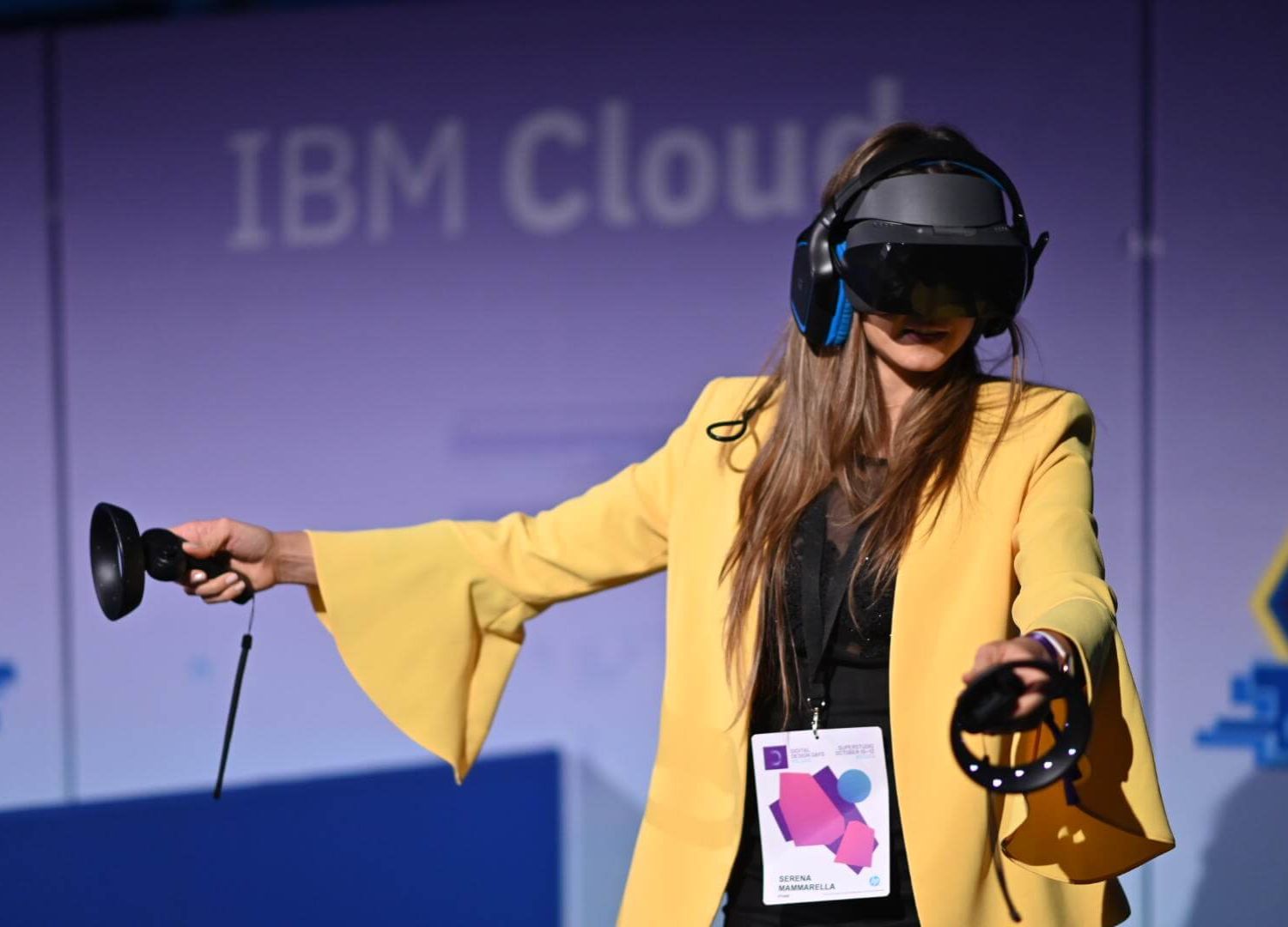
It’s a common question these days: what has been, and what will be, the impact of AI on this area of design? What benefits do designers gain, and what might they stand to lose?
Filippo Spiezia:
“AI has already started reshaping the landscape of digital design by automating tasks, enabling designers to prototype faster, and generating insights from vast datasets that would have otherwise been impossible to process. The benefits are immense: AI can assist in pattern recognition, personalize user experiences at scale, and help create adaptive interfaces that respond dynamically to users’ needs.
This frees up designers to focus more on creativity and problem-solving rather than the mechanical aspects of the work. However, with these advancements, there’s a potential loss of the human touch in design. As AI tools become more sophisticated, there is a risk that creativity becomes homogenized or that designers overly rely on algorithms rather than their own intuition and artistry. Maintaining the balance between human-driven creativity and AI-driven efficiency will be critical moving forward.”
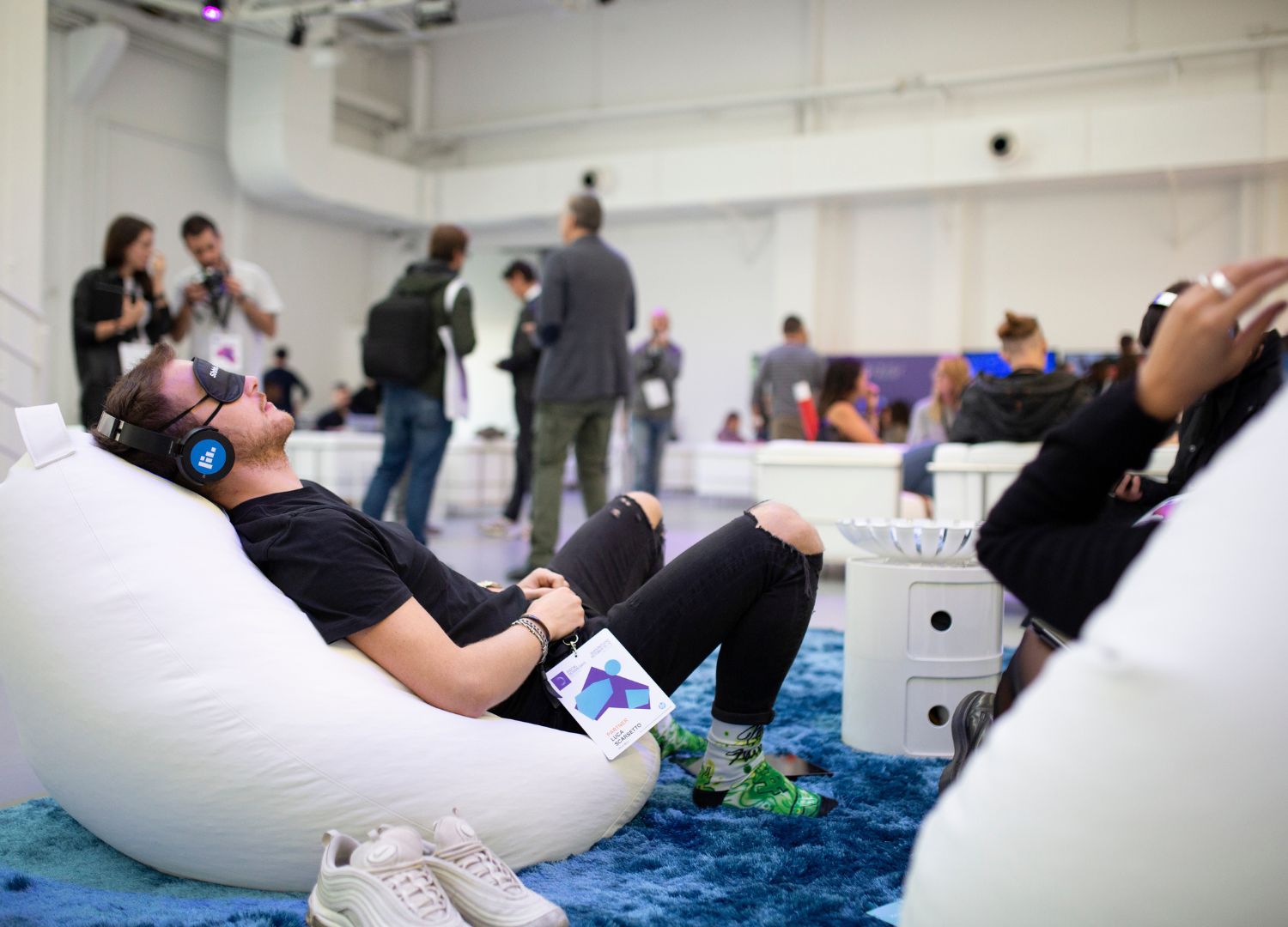
When thinking about users, what major changes will occur in both physical and digital experiences? What common trends can we expect?
Filippo Spiezia:
“In the coming years, the boundary between physical and digital experiences will blur even further. Users will expect seamless transitions between the two realms, driven by a combination of AI, IoT, and immersive technologies like AR and VR. We’re moving towards hyper-personalized, contextual interactions where environments will adapt to the individual, whether it’s a website or a physical space.
Common trends we can expect include multi-sensory design, where digital interfaces engage all senses, not just visual and auditory. We will also see a rise in gesture-based interfaces, voice interactions, and mixed-reality experiences where users are not just passive observers but active participants in their digital worlds. Sustainability and ethical design practices will become more prominent as well, with a focus on minimizing digital waste and designing for longevity.”
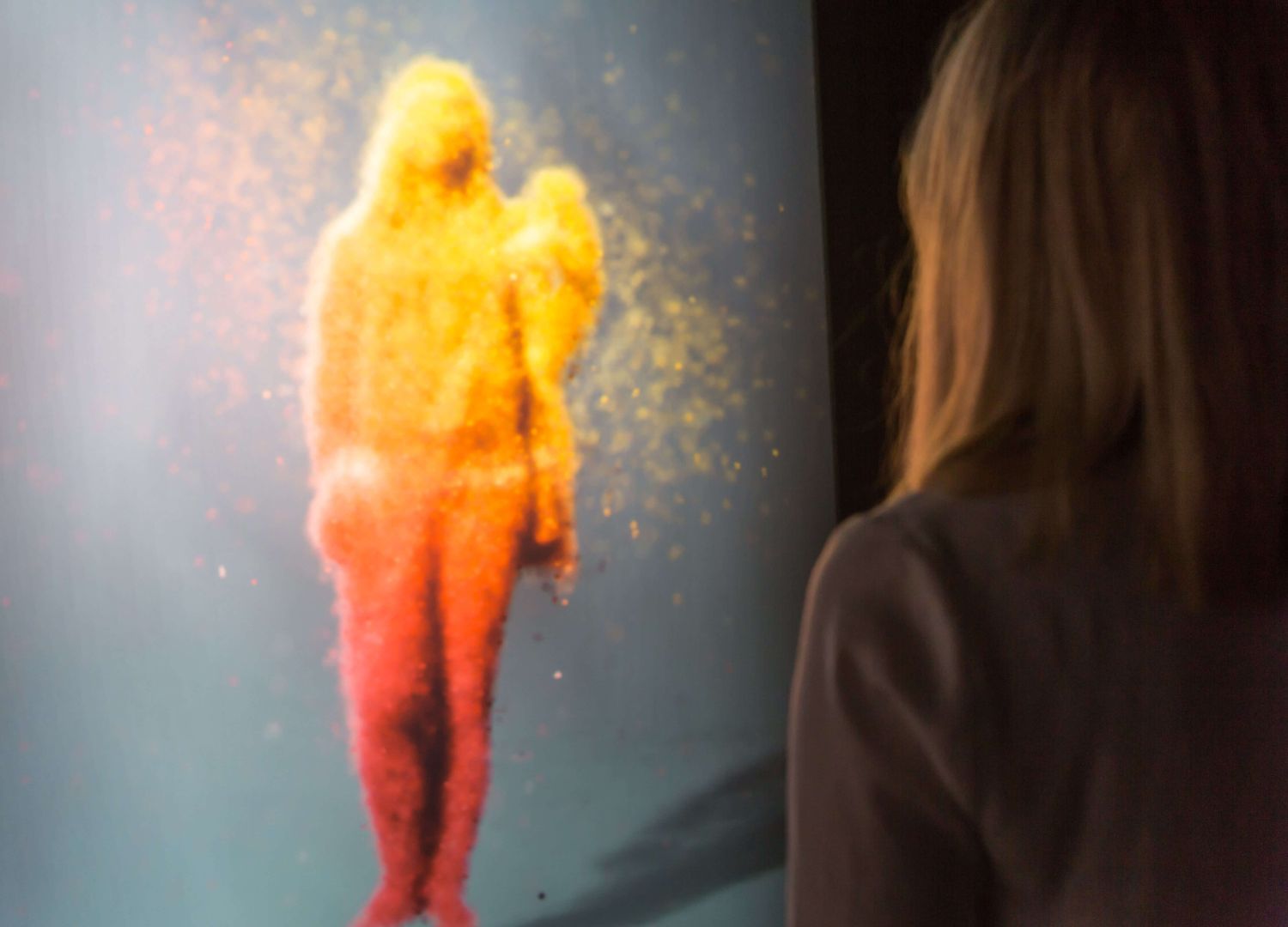
Digital Design Days is now in its eighth edition, and since you started, before COVID, the world has radically changed. Has this impacted your vision?
Filippo Spiezia:
“Yes, the global changes brought about by the pandemic have certainly influenced my vision. Before COVID, the world of digital design was already evolving, but the pandemic accelerated this shift in unexpected ways. It has reinforced my belief in the power of design to solve not just aesthetic problems, but real-world challenges—particularly in how we connect, communicate, and collaborate in increasingly digital-first environments.
The event has grown to not just showcase cutting-edge design but to create meaningful dialogues around how technology and creativity can solve broader societal issues. This has expanded the event’s scope, placing more emphasis on resilience, adaptability, and the human aspect of design. While the core of the vision—bringing people together to celebrate creativity and innovation—remains unchanged, it’s now more focused on how digital design can influence the future of work, life, and human interaction.”
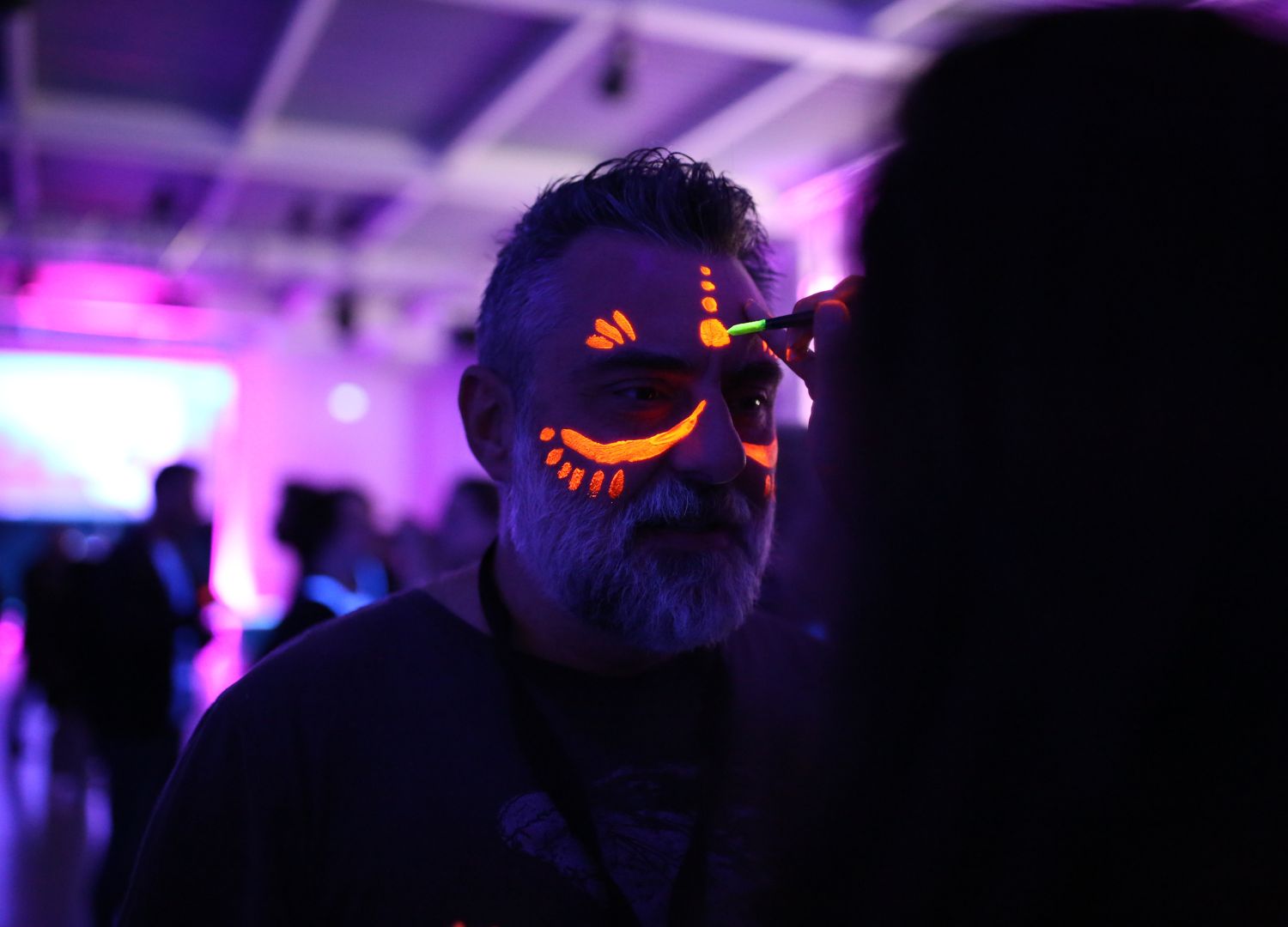
Beyond highlighting the most groundbreaking innovations, the event seeks to drive business growth for companies. How is this accomplished, and who are the key stakeholders involved in this effort?
Filippo Spiezia:
“Driving business growth through Digital Design Days is achieved by connecting the creative and tech communities with companies that are eager to innovate. The event serves as a platform for companies to not only showcase their latest work but to engage with potential collaborators, partners, and clients. By fostering these connections, we encourage new business opportunities, partnerships, and investments that drive both creativity and profitability.
Key stakeholders in this effort include digital agencies, creative studios, tech companies, and brands looking to stay on the cutting edge of digital design. We also involve startups and entrepreneurs who bring fresh perspectives and disruptive ideas to the table. By curating a blend of workshops, talks, and networking opportunities, we create a space where creativity meets commerce—offering real value to companies looking to grow and adapt in an ever-evolving market. This year we will have a special project called Catalyst that is moving in this very specific direction to facilitate these conversations at the highest levels.”
Get your ticket here (20% off)!








